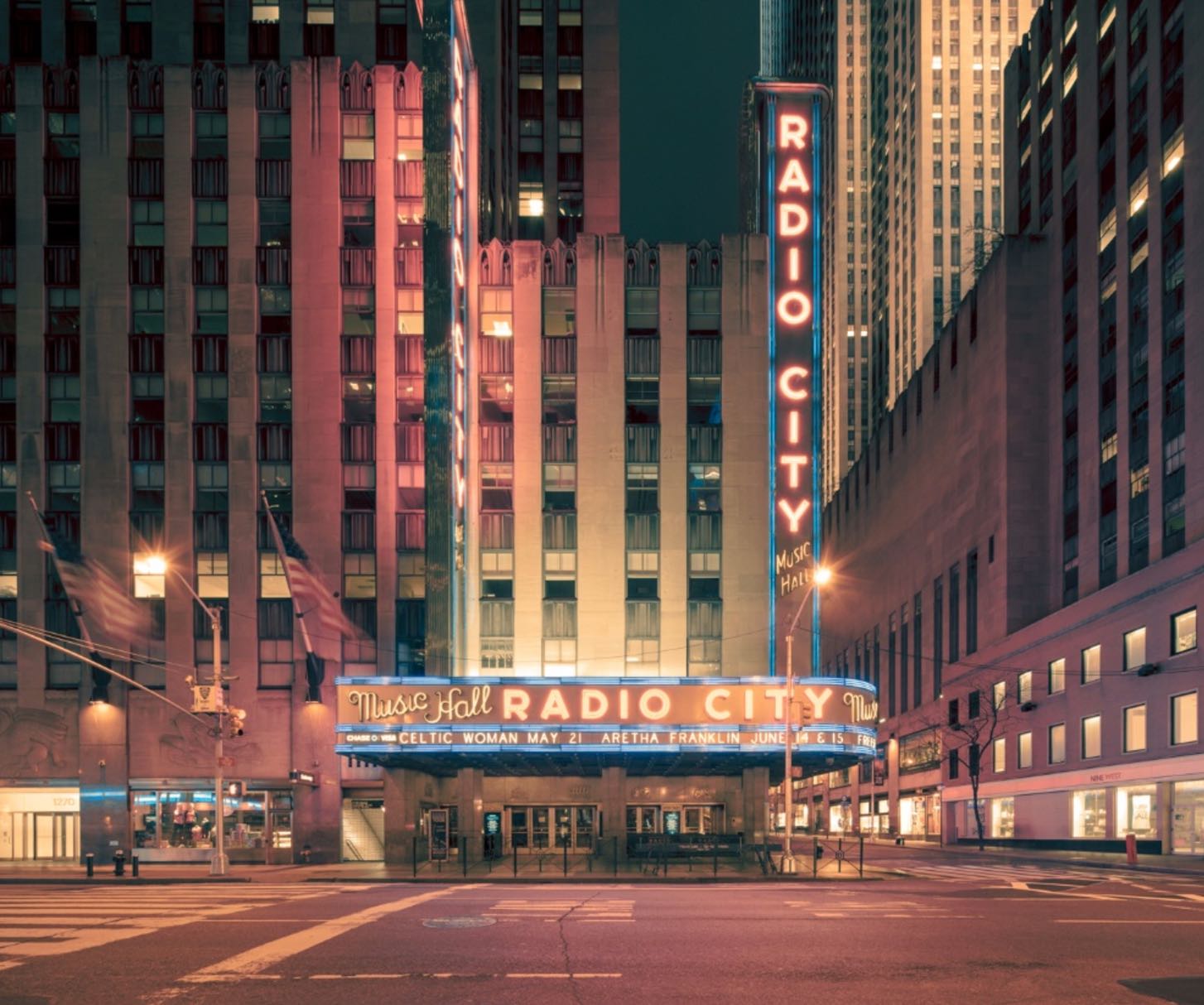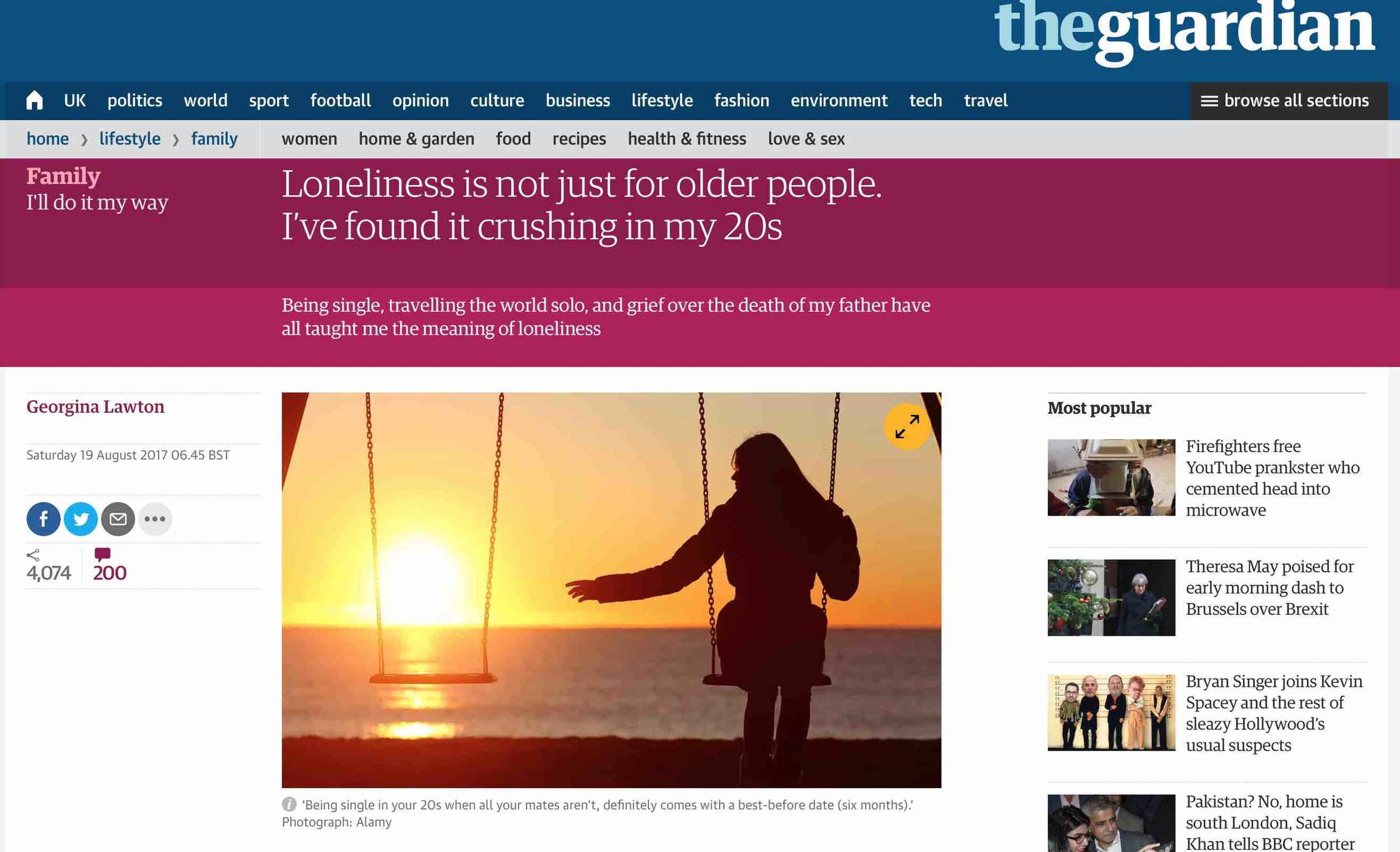“My life is kind of, at least equally influenced by pictures of things, as it is in things. We know what’s nice because we saw it in a magazine…we make lots of decisions about our life, and what we want, who we are and where we want to go, from pictures”
Thomas Demand, 2013
This has been one of the most difficult CRJ entries to write. Week 8 encouraged us to consider and evaluate the ways in which photographers discuss and defend their own practice. This has always been, and remains, something I find very difficult to do. This inherent incapacity coincided with another testing period at work and along with my ongoing inertia with my project, left me stumped.
It seems, as we get ever closer to the final project, that we’re required to be more specific and more articulate about our objectives as practitioners...not an unreasonable demand at this stage of a postgraduate photography degree. Yet for possibly the first time, I'm questioning whether I was ever that suited to MA study, having had no formal photography training prior to starting this course. Combining this course with an increasingly demanding job hasn’t gotten any easier, and has left me perpetually frustrated that I haven’t got more physical and mental resources to devote to the course and to reaping the rewards of prolonged, intense concentration and reflection on my work. I find myself thinking that I will not truly have internalised all the lessons on this course till probably two or three years after graduation (I’m hoping to achieve that at least!).
So week 8 was a bit like that!
Asked to consider what ideas, aesthetics, techniques, contexts and theories we are exploring in our practice, I initially just baulked and was completely unable to engage with the question. Only after a couple of weeks of rumination have I been able to come back to this question in even a provisional way. I’m still wrestling with these ideas, still trying to absorb some of the lessons we’ve been introduced to during this module and during this course (which has flown by the way!) and still trying to understand my place in the matrix. I apologise in advance therefore, if this entry feels somewhat nascent and unformed.
The ideas I am trying to explore in my current work have been consistent in big picture terms but have changed in subtle ways on the micro level as I've moved through this course.
At the moment, I'm trying to examine:
Solitude/loneliness as a pervasive and yet under-discussed state.
Loneliness as a negative – isolating, depressing, oppressive, diminishing and destructive, leading to communities lacking cohesion and interpersonal connections.
Solitude as a positive – regenerative, contemplative, protective and liberating.
My own experiences of solitude and loneliness – how/where/why I’ve felt lonely in the past, what my feelings are about these events now and what I hope for moving forward.
Solitude and loneliness as these states might be connected to previous emotional trauma/memories/significant moments in time.
Solitude/loneliness as experienced at different ages/stages of life and how one's experience might differ depending on your age/stage of life.
What am I trying to say in my work? Well, I'm trying to say loads of things (successfully or otherwise, who can say!):
That there's beauty at night
That there's room for reflection, contemplation (and possibly temptation) at night
That you might be alone but that you aren't really alone – we're all in the same boat, feeling this way is not unique (or as isolating as it may feel at the time).
I'm also trying to say that I too feel this way, alone, adrift, cut off at times and that I'm trying to understand myself and my situation...how did I get here? How can I bridge the gap between myself and others? I'm trying to say that we need to look out for each other, and look after one another. We need to look outside of ourselves. I'm trying to say that it's ok to be different and to stand apart from the crowd.
There's a lot there! These elements come in and out of my thoughts at different times as I try to build this project and conceptualise the work. They have also, to different degrees and possibly in less explicit ways, been present in much of my photography since I first started taking pictures back in 2013.
Artists and practitioners whose work resonates with me, and feels relevant to this project include:
- Clint Eastwood
- Sofia Coppola
- Christopher Nolan
- Todd Hido
- Alec Soth
- Gregory Crewdson
- Rut Blees Luxemburg
- Edward Hopper
- Stephen Shore
- Rebecca Solnit
- David George
- Olivia Laing
- Mark Rothko
- Barry Jenkins
- Sam Mendes
- Lynne Cohen
For me, these people – filmmakers, directors, photographers, writers, painters – have in common that they produce work that relies heavily on storytelling, narrative, sentimentality, beauty, giving voice to the outsider or disenfranchised and taking an alternative view of things at times. Many of these practitioners have directly referenced solitude as a concern of theirs, or produced work that explores this theme to at least some degree.
Thinking specifically of the photographers, there's a consistent thread of producing images that challenge the viewer to consider what's happening both inside and beyond the frame – narrative images that demand interpretation or discussion. Most of these practitioners stare directly at bare emotion, have an obvious interest in the human condition, and are not afraid to confront or explore sometimes difficult feelings. Even in the case of practitioners such as Cohen, whose work rarely actually includes humans, there is an inquisitiveness about the impact of humans on the world and the environment and an encouragement to think beyond the boundaries of the image.
I am predominantly producing images at night at the moment. This aesthetic choice stems from my own comfort with this time of the day and the techniques required to produce interesting images at this time, but it also fits my own conception of solitude, my own feelings around this and my previous experiences. There's also something in there about how I process things visually and the way memories tend to come to me more easily at night, in darkness, than they do during the day. The idea of reaching into the depths of memory or emotion to connect with these feelings certainly works best for me at night. I've written before about how the night stereotypically lends itself to some of these ideas, the ‘dark night of the soul' etc and this also feeds into and informs my practice to some extent. Practitioners in the list above who are also predominantly known for night work (e.g. Luxemburg, Hido, Hopper to a lesser extent) often portray a strand of displacement and disconnection in their work, Hido in particular.
Increasingly, I’m convinced that I need to introduce people into my world of solitude, whether that's portraiture or as actors in the urban landscape, because the work now seems to be somehow incomplete without finding a way to include the people I’m trying to represent, the people I am trying to 'reach out' to. I plan for people to play a more prominent part in the work in the next phase of the project.
When considering the context of my work, I'm hoping to argue that the state of solitude is an almost universal one and thus the context is potentially everywhere and everyone. This work should be applicable, and hopefully accessible, to all. I originally conceived of this work as being a useful starting point for a workshop about this issue, hopefully with the aim of providing strategies and resources to help people ‘reach out’ to others and ameliorate this state of loneliness. Moving forward into the final project phase, this has to be a key strand of the work – making it accessible and relatable to people in different strata of society. This aspect of the project is really important to me, but has yet to be fully explored so far.
Some contexts for this work are easily identified – the book, the exhibition, the short film. These strands interest me in different ways, and feel like essential parts of the final complete whole of my ideal project. Of course, constraints of time/finances/collaborators/my own competence etc. may mean that these avenues are not all available, but they still represent the goal. I would ideally like my work to be available in all of these contexts, but appreciate that that work may necessarily extend beyond the duration of this MA.
Thinking about the professional placement of this work, I believe this largely depends on how well I'm able to engage potential audiences, where they are, in a way that encourages them to interact with and respond to the work. For example, it's certainly possible to be more strategic about how I share this work via my current social media channels. Finding effective ways to interest my followers could give the project a new lease of life and propel it into a wider consciousness that then opens up the possibility of publication or exhibition. I must engage the audience, I have to generate sufficient interest and feedback from those who do encounter the work, to be able to leverage that for possible professional dissemination of the work.
Considering critical theory that might underpin this work, I suppose the project relies in some way on the idea of connecting with the viewer through common references and common experiences. We’ve already discussed in this module the idea that a large part of the success of an image relies on its ability to utilise commonly accepted ideas and signs to communicate with the viewer. As the work becomes more personal and more introspective, I have to consider the importance of expressing myself in a way that optimises communication, possibly by using accepted visual references, but that still allows me enough creative leeway to produce work that’s individual and distinctively 'mine'.
Ultimately, I want viewers to be moved by the work, to feel an emotional connection to the subject and the content of the images. Of course, this relies on me communicating clearly and skilfully. I want the viewer to be able to see something of themselves in the work (another reason why adding people into the mix seems to make sense to me). I want my viewer to be challenged to review their environment, to look around more, to see opportunities for connection where maybe they hadn't done previously. I'd like the viewer to know that I feel the same and that in most ways that matter we're all the same.
References:
YouTube. “TateShots: Meet the Artist - Thomas Demand”. Available at: https://www.youtube.com/watch?v=fpesyyXWMvg[accessed 12 April 2018].









